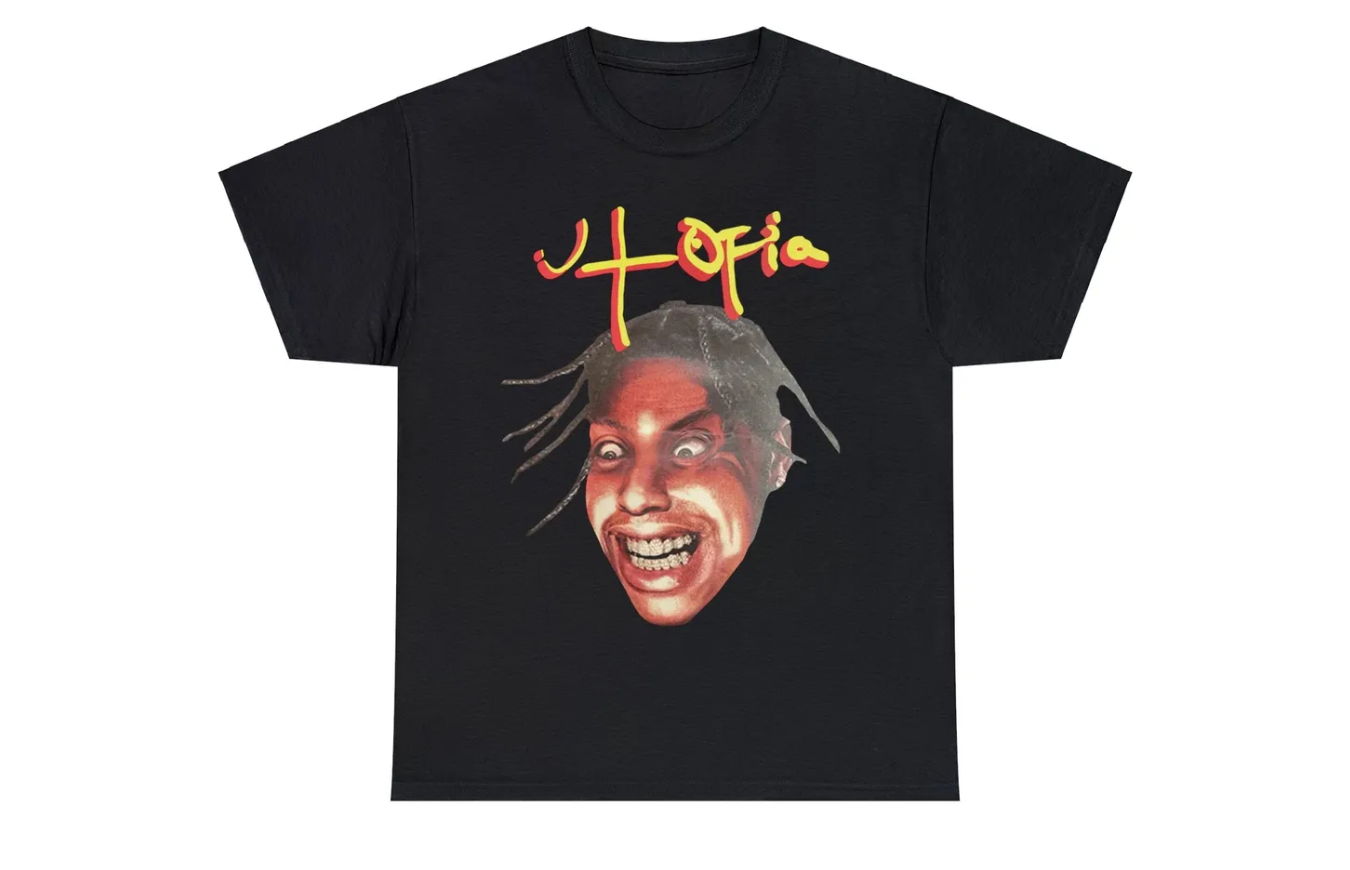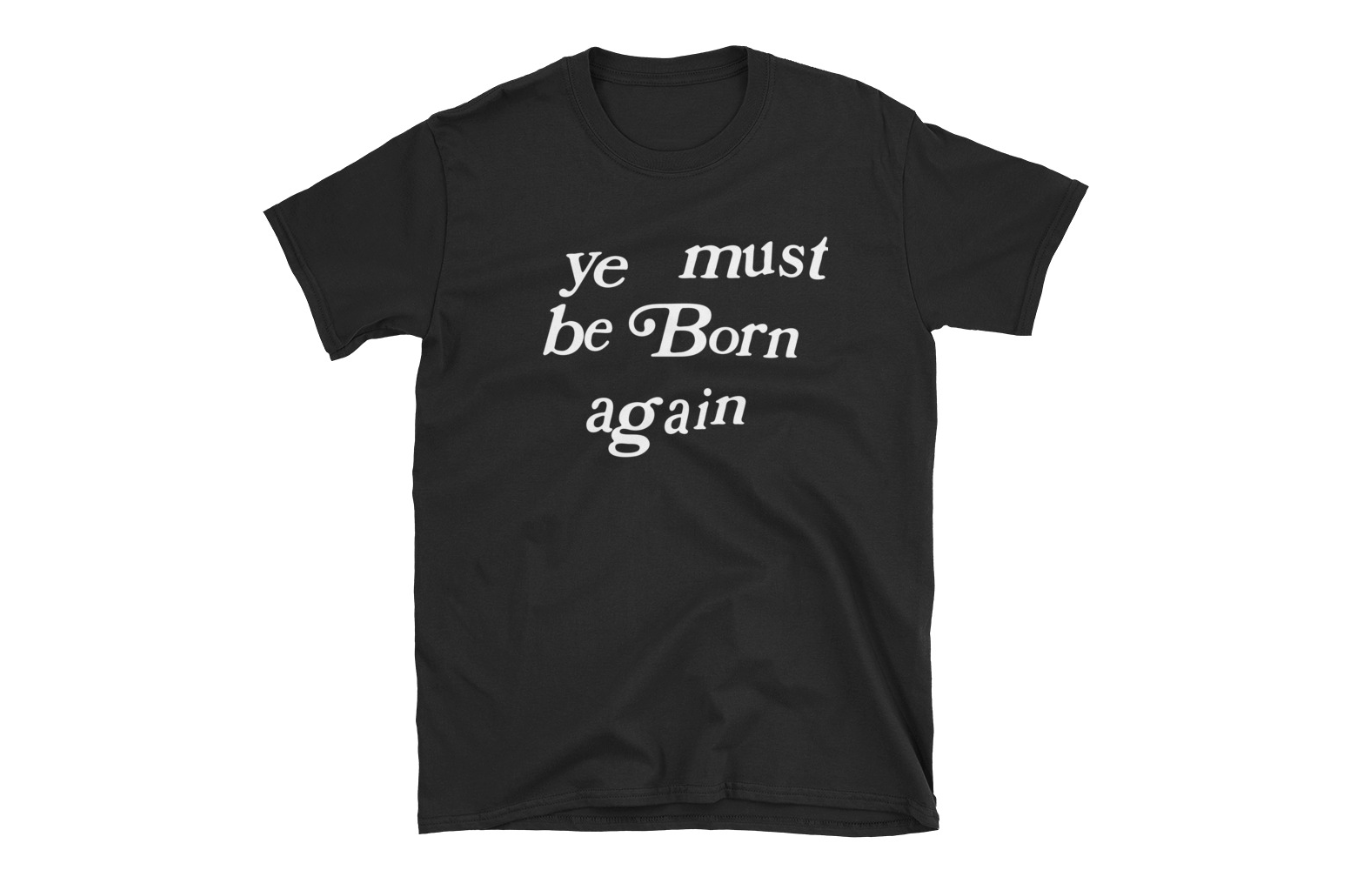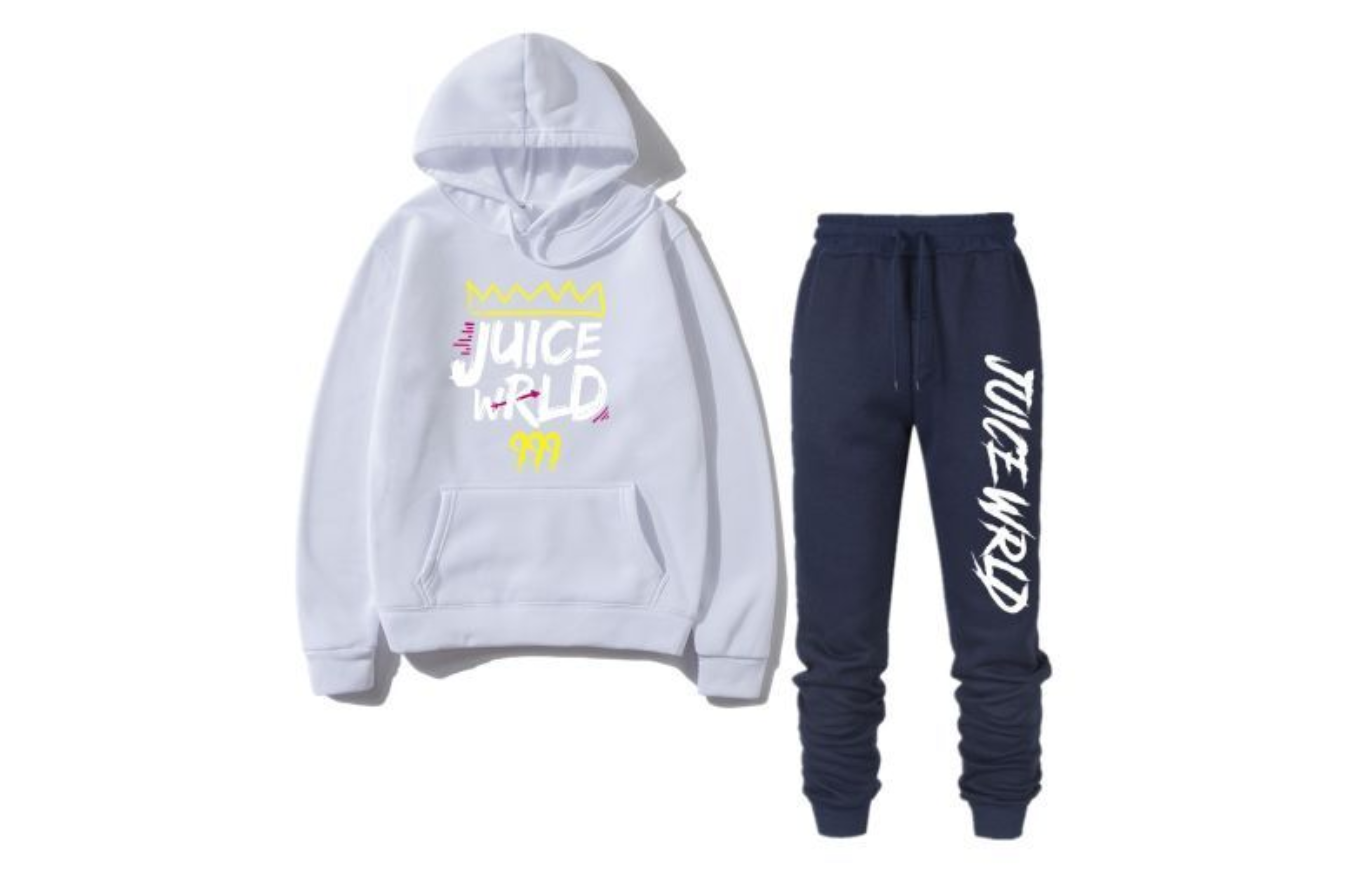High Quality Fabric for Sport Activities, and the same applies to sportswear. Athletes, whether amateur or professional, need clothing that not only enhances their performance but also provides the utmost comfort. This necessity has driven advancements in the development of high-quality fabrics specifically designed for sport activities. This article delves into the different types of high-quality fabrics used in sportswear, their benefits, and how they contribute to improved athletic performance and comfort.
High Quality Fabric for Sport Activities
Enhancing Performance
The right fabric can significantly impact an athlete’s performance. High-quality sports fabrics are engineered to be lightweight, durable, and flexible, allowing for a full range of motion without restriction. These fabrics often incorporate technologies that enhance breathability, moisture-wicking, and temperature regulation, which are crucial for maintaining optimal body conditions during intense physical activities.
Providing Comfort
Comfort is paramount in sportswear. Discomfort can distract athletes and hinder their performance. High-quality sports fabrics are designed to minimize chafing, provide a snug yet flexible fit, and ensure that the athlete remains comfortable regardless of the intensity or duration of the activity.
Preventing Injuries
Wearing appropriate sportswear can also help prevent injuries. Compression fabrics, for example, provide support to muscles and joints, reducing the risk of strains and sprains. High-quality fabrics with moisture-wicking properties help keep the skin dry, High Quality Fabric for Sport Activities .
Types of High-Quality Fabrics Used in Sportswear
Polyester
Polyester is one of the most common fabrics used in sportswear. It is lightweight, durable, and has excellent moisture-wicking properties. Polyester fabric draws sweat away from the body to the surface of the fabric, where it can evaporate quickly. This keeps athletes dry and comfortable, even during intense workouts.
Nylon
Nylon is another popular fabric in sportswear due to its exceptional strength and elasticity. It is resistant to abrasion and can withstand rough handling, making it ideal for high-contact sports. Nylon also has good moisture-wicking capabilities and dries quickly, ensuring athletes remain comfortable.
Spandex (Lycra or Elastane)
Spandex, also known as Lycra or elastane, is renowned for its incredible elasticity. It can stretch up to 500% of its original size and then return to its original shape, providing an unrestricted range of motion. Spandex is often blended with other fabrics to enhance flexibility and comfort in sportswear.
Merino Wool
Merino wool is a natural fiber that has gained popularity in sportswear due to its excellent thermal regulation properties. It keeps the body warm in cold conditions and cool in hot conditions. Merino wool is also naturally moisture-wicking, odor-resistant, and soft against the skin, making it a versatile choice for a variety of sports.
Bamboo Fabric
Bamboo fabric is an eco-friendly option that offers several benefits for sportswear. It is naturally antibacterial, hypoallergenic, and has excellent moisture-wicking properties. Bamboo fabric is also incredibly soft and comfortable, making it suitable for athletes with sensitive skin.
Polypropylene
Polypropylene is a synthetic fabric that is lightweight and has excellent moisture-wicking properties. It is hydrophobic, meaning it does not absorb moisture, allowing sweat to pass through the fabric and evaporate quickly. This keeps athletes dry and comfortable, even during intense physical activities.
Cotton
While cotton is not typically associated with high-performance sportswear due to its tendency to retain moisture, advancements in fabric technology have led to the development of moisture-wicking cotton blends. These blends provide the comfort and breathability of cotton while improving its moisture management capabilities.
Benefits of High-Quality Sports Fabrics
Moisture-Wicking
One of the most crucial benefits of high-quality sports fabrics is their moisture-wicking ability. This feature keeps sweat away from the skin, preventing chafing and discomfort. Fabrics like polyester, nylon, and merino wool excel in this area, ensuring athletes stay dry and comfortable during workouts.
Breathability
Breathable fabrics allow air to circulate through the material, helping to regulate body temperature and prevent overheating. This is essential for maintaining comfort and performance during intense physical activities. Fabrics such as merino wool, bamboo, and certain synthetic blends offer excellent breathability.
Durability
Sportswear needs to withstand rigorous use and frequent washing without losing its shape or functionality. High-quality fabrics like nylon and polyester are known for their durability and resistance to abrasion, ensuring longevity and sustained performance.
Flexibility
Flexibility is crucial in sportswear to allow for a full range of motion. Fabrics with spandex or elastane blends provide the necessary stretch and flexibility, ensuring athletes can move freely and perform at their best.
Thermal Regulation
Maintaining an optimal body temperature is vital for athletic performance. Fabrics like merino wool and advanced synthetic blends are designed to regulate temperature, keeping the body warm in cold conditions and cool in hot conditions. This thermal regulation helps athletes maintain their performance levels across different environments.
Odor Resistance
High-quality sports fabrics often have odor-resistant properties, which is essential for maintaining freshness during and after workouts. Fabrics like merino wool and bamboo are naturally odor-resistant, while some synthetic fabrics are treated with antimicrobial agents to prevent the growth of odor-causing bacteria.
Eco-Friendliness
With growing environmental concerns, the demand for eco-friendly sports fabrics has increased. Fabrics like bamboo and recycled polyester offer sustainable alternatives without compromising on performance or comfort. These materials are biodegradable or recyclable, reducing the environmental impact of sportswear.
Applications of High-Quality Fabrics in Different Sports
Running
For runners, lightweight and breathable fabrics are essential. Polyester and nylon are popular choices for running gear due to their moisture-wicking properties and durability. Compression fabrics are also beneficial as they provide support to muscles, reducing fatigue and enhancing performance.
Cycling
Cyclists require fabrics that offer breathability, flexibility, and moisture-wicking capabilities. Lycra and spandex blends are commonly used in cycling apparel to ensure a snug fit and unrestricted movement. High-quality synthetic fabrics help manage sweat, keeping cyclists dry and comfortable.
Yoga and Pilates
Yoga and Pilates demand fabrics that offer maximum flexibility and comfort. Spandex and elastane blends are ideal for these activities as they provide the necessary stretch for various poses and movements. Additionally, breathable and moisture-wicking fabrics ensure comfort throughout the session.
Team Sports
Team sports like soccer, basketball, and rugby require durable and breathable fabrics. Polyester and nylon are commonly used in team uniforms due to their strength, moisture-wicking properties, and ability to withstand frequent washing. These fabrics help keep athletes comfortable and focused on the game.
Winter Sports
For winter sports like skiing and snowboarding, thermal regulation is crucial. Merino wool is a popular choice for base layers due to its excellent insulation and moisture-wicking properties. Outer layers often incorporate synthetic fabrics like nylon and polyester to provide wind and water resistance.
Water Sports
Water sports demand quick-drying and lightweight fabrics. Polypropylene and nylon are commonly used in swimwear and wetsuits due to their hydrophobic properties and durability. These fabrics ensure that athletes remain comfortable and agile in the water.
Gym and Training
In the gym, athletes need fabrics that offer breathability, moisture-wicking, and flexibility. Polyester, spandex, and nylon blends are ideal for gym wear as they provide the necessary comfort and performance. Compression fabrics are also beneficial for weightlifting and high-intensity training, offering support and enhancing muscle recovery.
Future Trends in Sports Fabrics
Smart Fabrics
The future of sports fabrics lies in smart textiles that integrate technology to enhance performance and provide real-time data. These fabrics can monitor vital signs, track movement, and even adjust their properties based on environmental conditions. Innovations in smart fabrics are set to revolutionize sportswear, offering unprecedented levels of customization and functionality.
Sustainable Materials
As environmental awareness grows, the demand for sustainable sports fabrics is increasing. Future trends include the development of biodegradable fabrics, recycled materials, and eco-friendly production processes. Companies are investing in research to create high-performance sportswear that minimizes environmental impact.
Enhanced Comfort and Performance
Ongoing advancements in fabric technology aim to enhance both comfort and performance. This includes the development of fabrics that offer superior moisture management, thermal regulation, and flexibility. Innovations in fabric blends and weaving techniques will continue to push the boundaries of what is possible in sportswear.
Customization and Personalization
The trend towards personalized sportswear is gaining momentum. Advances in 3D printing and fabric engineering allow for custom-fit sportswear tailored to an individual’s body shape and performance needs. This level of customization enhances comfort and performance, providing athletes with gear that perfectly suits their requirements.
FAQs
What are the benefits of using high-quality fabric for sports activities?
High-quality fabrics offer several benefits for sports activities, including enhanced comfort, better performance, durability, and moisture-wicking properties. These fabrics are designed to regulate body temperature, reduce friction, and provide adequate support, ensuring that athletes can perform at their best without any discomfort or distraction.
How does moisture-wicking fabric improve athletic performance?
Moisture-wicking fabric draws sweat away from the body, allowing it to evaporate quickly. This keeps athletes dry and comfortable, preventing chafing and rashes. By maintaining a cooler body temperature, moisture-wicking fabrics also help in reducing fatigue and improving overall endurance during intense physical activities.
What types of fabrics are considered high-quality for sportswear?
High-quality sportswear fabrics include polyester, nylon, spandex, and merino wool. Polyester and nylon are known for their durability, lightweight, and quick-drying properties. Spandex offers excellent elasticity and freedom of movement. Merino wool, a natural fiber, provides excellent moisture-wicking and thermal regulation, making it ideal for various sports conditions.
Why is breathability important in sports fabrics?
Breathability is crucial in sports fabrics as it allows air to circulate, helping to regulate body temperature and keep the skin dry. Breathable fabrics prevent overheating and excessive sweating, enhancing comfort and performance during workouts. They also reduce the risk of bacterial growth and odors, ensuring that the athlete remains fresh.
How can I identify high-quality sports fabric when shopping?
When shopping for high-quality sports fabric, look for specific characteristics such as moisture-wicking capability, breathability, stretchability, and durability. Check the fabric composition on the label and look for well-known fabric technologies like Coolmax, Dri-FIT, or Climacool. Reading reviews and checking for certifications from reputable brands can also help in identifying superior sports fabrics.
Are natural fibers suitable for sports activities?
Yes, certain natural fibers like merino wool and bamboo are suitable for sports activities. Merino wool is highly breathable, moisture-wicking, and temperature-regulating, making it ideal for both hot and cold weather conditions. Bamboo fibers are soft, antibacterial, and eco-friendly, offering a comfortable and sustainable option for sportswear.
How do compression fabrics benefit athletes?
Compression fabrics provide support to muscles, enhancing blood circulation and reducing muscle fatigue and soreness. They help in quicker recovery post-exercise and can improve athletic performance by reducing muscle vibration and the risk of injury. Compression garments are commonly used in activities like running, cycling, and weightlifting.
What is the significance of elasticity in sports fabrics?
Elasticity in sports fabrics is essential for providing a full range of motion and ensuring that the clothing moves with the body. Fabrics with high elasticity, such as spandex, allow for stretching and recovery without losing shape. This flexibility is crucial for activities that require dynamic movements, such as yoga, gymnastics, and sprinting, ensuring comfort and preventing any restrictions.




Leave a Comment
Your email address will not be published. Required fields are marked *